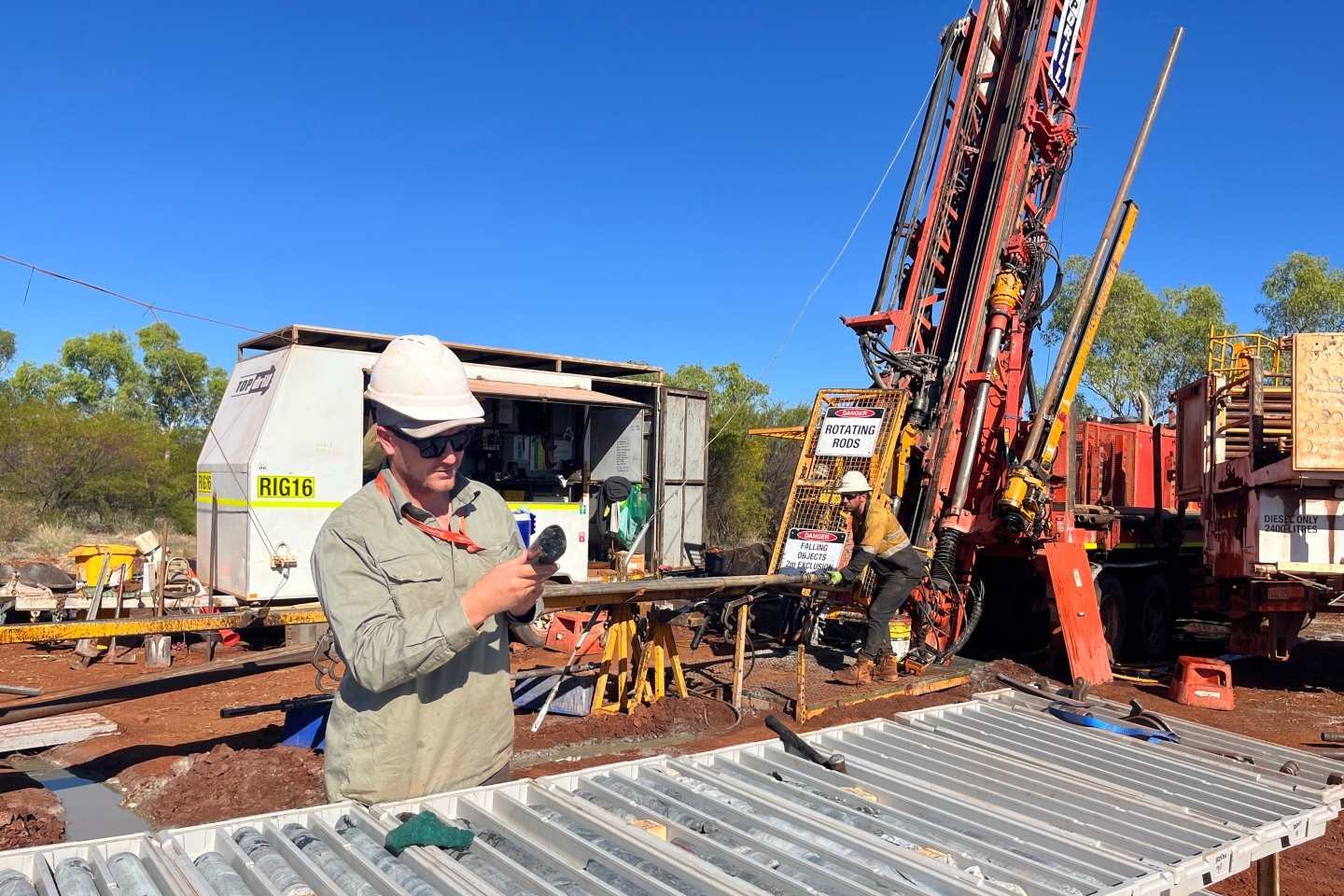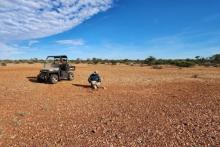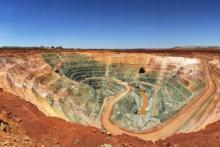Solara Minerals’ moving loop geophysical survey at DeGrussa West, 17km from Sandfire’s famed DeGrussa copper-gold mine, has defined two large north-dipping conductive plates with strong gold and copper potential. Coinciding with magnetic anomalies and favourable structural features, these high-priority targets are set for drilling, with permits approved, following the company’s recent acquisition of OD4 Tom Price.


Solara Minerals has locked onto two compelling copper-gold targets at its DeGrussa West project in Western Australia’s Bryah Basin, just 17km along strike from Sandfire Resources’ historic DeGrussa mine and 10km from Catalyst Metals’ Old Highway gold deposit which hosts 206,000 ounces of gold.
The company’s recent moving loop electromagnetic (MLEM) survey outlined two major north-dipping conductors interpreted to represent mineralised structures.
One is a western 700m-long plate while the other lies in the east and extends over a distance of 1300m. Both are situated at the highly prospective contact between the Narracoota Volcanics and the Karalundi Formation which are considered to be equivalent to the prospective DeGrussa Formation and coincide with strong magnetic anomalism.
The 65 square kilometre DeGrussa West project sits inside the prolific Bryah Basin of Western Australia’s Murchison region, a geological address well-known for hosting significant copper-gold deposits.
Historical exploration of the project area includes a 2009 airborne VTEM survey by Sandfire which identified untested bedrock conductors in the same geological sequence as its massive DeGrussa operation.
Solara’s recent MLEM survey has refined those old conductors, showing they cut across the south-dipping Bryah Basin stratigraphy and link up with magnetic highs and structural breaks including a northeast-trending fault – classic hallmarks of a potentially fertile system in the region.
Rock chip and soil sampling, although limited, show anomalous gold values up to 345 parts per billion (ppb), accompanied by elevated copper, zinc, arsenic, and other element signatures, further supporting the inferred mineralisation potential of the ground.
The project’s structural setting and stratigraphy are reminiscent of Sandfire’s DeGrussa system, with fold hinges and fault intersections offering prime focal points for mineralisation. Solara considers the western conductor to be the more prospective of the two, but both are slated for upcoming drill testing.
Previous exploration by Barrick between 2000 and 2005 and by Ausgold Exploration between 2011 and 2019 included soil sampling and VTEM surveys.
Those surveys also identified conductive zones that point to a volcanogenic massive sulphide-style of mineralisation, similar to that at the old DeGrussa operation, but many of those high quality targets remain untested.
Solara has already secured a program of work approval and is preparing for site visits and surface exploration ahead of its maiden drilling program.
Initial holes will test where geophysics and structure converge, with an eye on unlocking a new copper-gold system in the heart of the Bryah Basin.
With its strategic position next to major deposits, a textbook geological setting and compelling geophysical hits, Solara looks primed to drill into what could be a DeGrussa-style copper-gold system hiding in plain sight.
Is your ASX-listed company doing something interesting? Contact: matt.birney@businessnews.com.au













